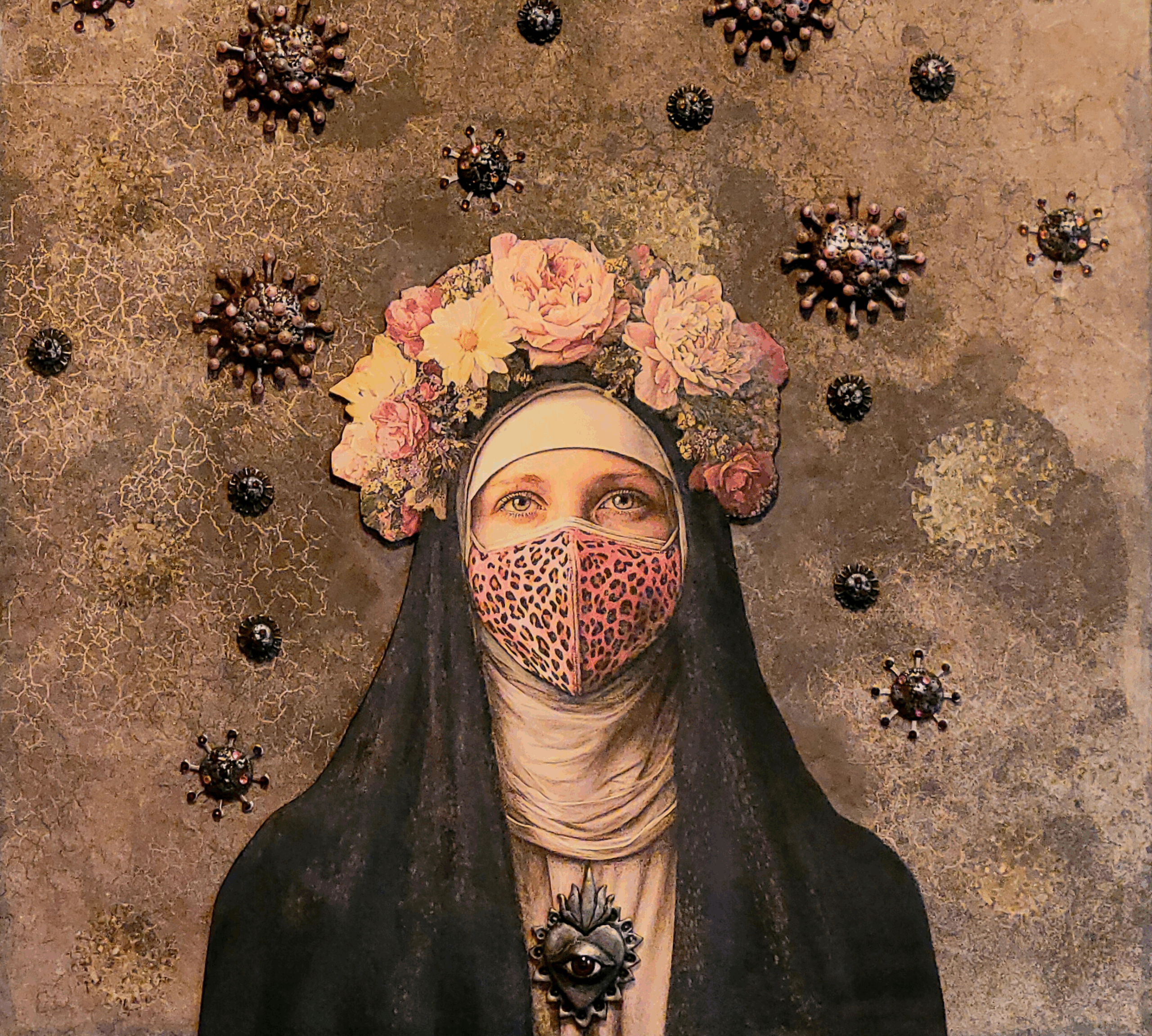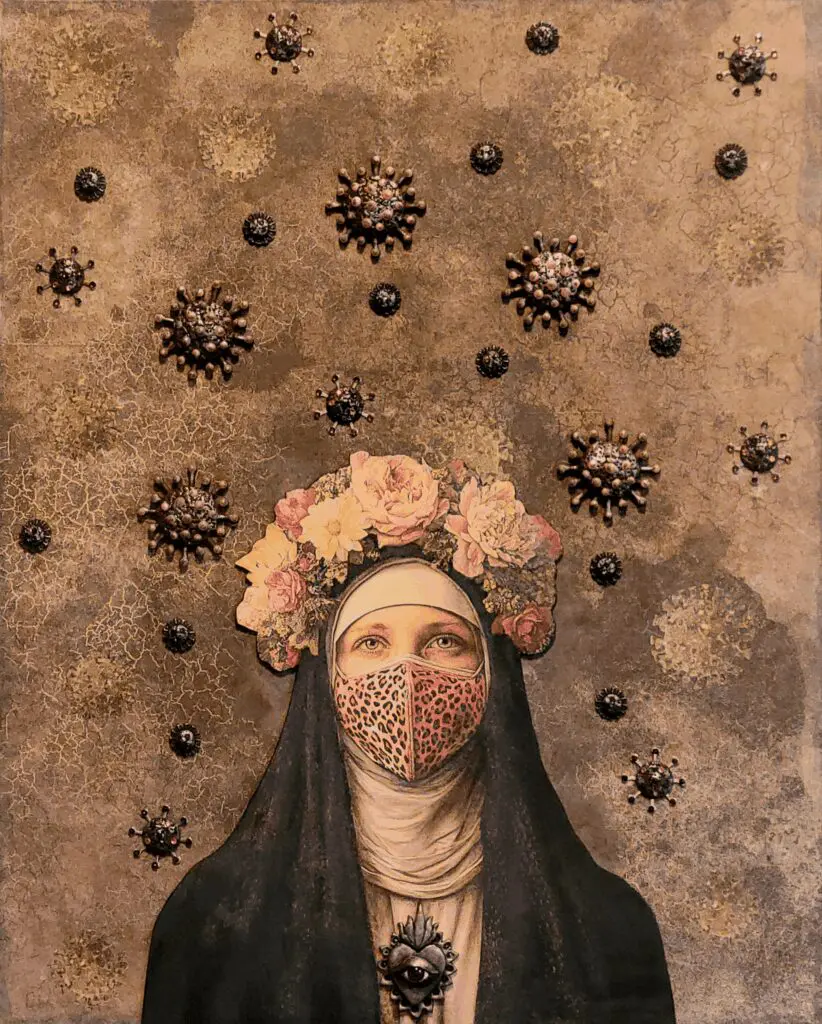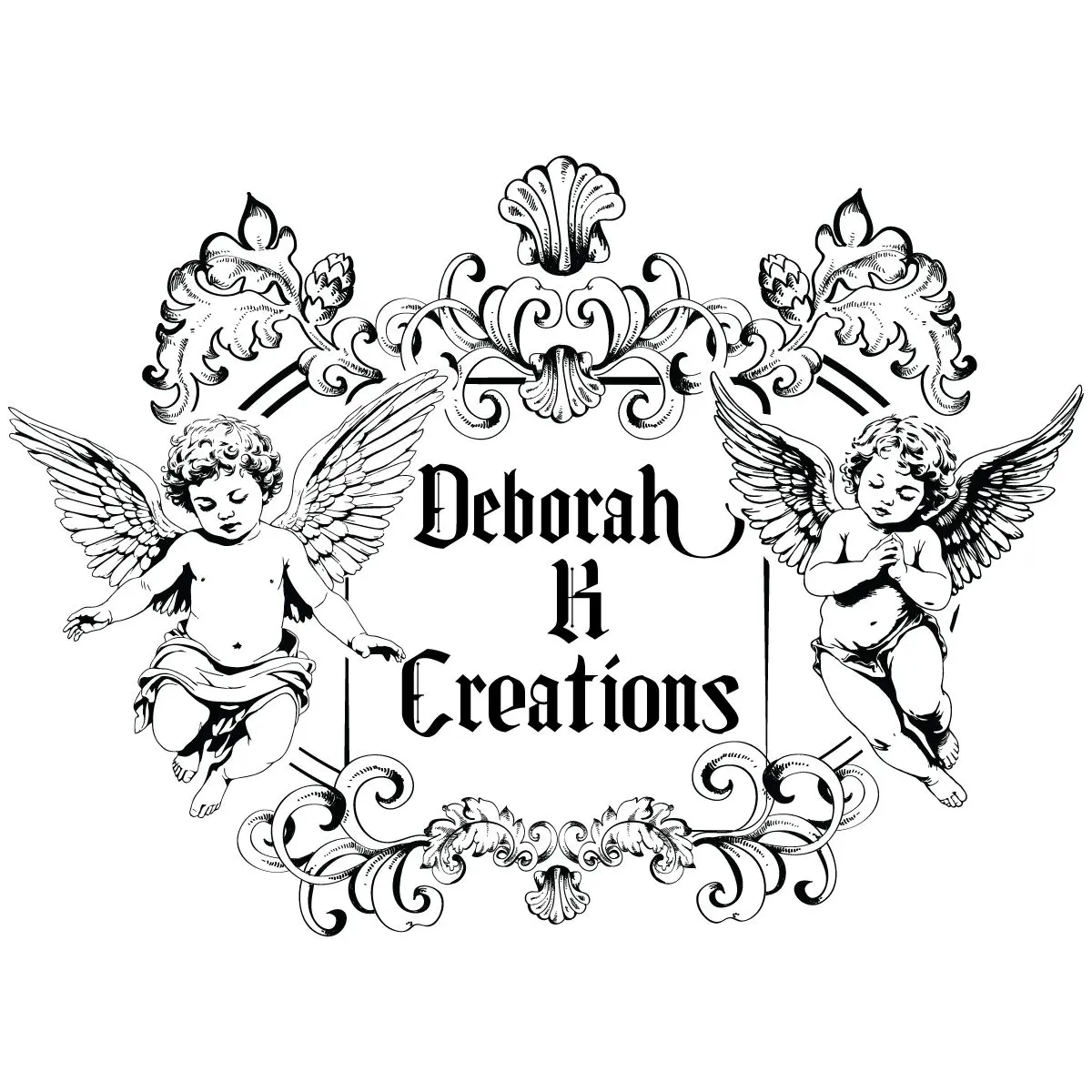
The Power of Symbolism in My Art: More Than Meets the Eye
Art is more than aesthetics – it’s a language, a way of communicating ideas, emotions, and hidden meanings without a single spoken word. In my own artistic journey, symbolism has been an essential tool, transforming my work into a deeper conversation between the artwork and the viewer.
The Role of Symbolism in My Creations
Every piece I create carries symbolic weight, whether it’s intentional or subtly woven into the composition. Colors, objects, and recurring motifs in my work often reflect personal experiences, broader social themes, or emotions that can’t be expressed outright. Symbolism allows me to guide the viewer toward certain interpretations while leaving enough space for their own perspectives.
Examples of Symbolism in My Work
Color Psychology
I often use color strategically. Examples might be using deep blues to evoke introspection, fiery reds for passion or conflict, and muted tones for melancholy. I consider color when planning a new piece of art.

Protect Us from Viruses: The grungy brown tones in this piece represent contagion.

Beneath a Winter’s Moon: The icy blue and white tones in this piece represent coldness.

The Frog Ride: The predominant use of green represents nature and the outdoors, harmony, and well-being.
Icons and Natural Elements
Elements like butterflies, crowns, and sacred hearts appear frequently in my work. I often use these symbols not only because I like them, but because these symbols have a broader meaning to me. I use them to give depth to my work.
| Symbol | Meaning |
| Flaming Heart / Sacred Heart | Flaming hearts are symbolic in many cultures. They represent God’s love for mankind. |
| Eye / All-Seeing Eye | The Eye is the window to the soul and represents illumination or wisdom in many cultures. The Eye also symbolizes protection from evil and represents the all-seeing eye of God. |
| Hamsa | The Hand is a protective talisman in many cultures and is said to have spiritual powers; good luck, hope and blessings. |
| Fleur de Lis | The fleur de lis represents purity and chastity. They also represent the Virgin Mary and Holy Trinity in many cultures. |
| Monarch Butterfly | In Mexico, the Monarch is believed to carry the souls of our dearly departed to heaven. Monarch butterflies are revered in many cultures. |
| Crowned Bird | The Egyptians believed that when someone died, their soul would be taken by a crowned or head-dressed bird to live with Osiris on his throne. The Crowned Bird represents rebirth and healing in many cultures. |
| Anatomical Human Heart with Flowers | The anatomical heart with flowers represents strength, power, passion, growth, commitment, and desire. It also represents beauty to the core. |
| Crowns | Crowns have been used for centuries as symbols of power, authority, and royalty. They represent wealth and honor. Crowns also symbolize enlightenment, divine connection, and spiritual authority across various religious traditions. |
| Deer Antlers | A person wearing deer antlers represents strength and resilience. They symbolize growth, transformation, and shedding of old layers to make room for new experiences and personal development. |
| Owls | In many cultures, the owl represents wisdom. |
Why Symbolism Matters
Art without symbolism is like a novel without subtext – it can still be beautiful, but the richness of meaning elevates it. Symbolism bridges the gap between the artist’s intention and the audience’s interpretation, making each encounter with a piece unique and deeply personal.
Encouraging Dialogue Through Art
I love hearing how different people interpret my work – what resonates with them, what emotions it stirs, and what hidden meanings they uncover. Symbolism fosters this interaction, giving viewers a chance to engage rather than to simply observe.
If you’re interested in exploring symbolism in your own artistic journey, start by analyzing what elements recur in your work and what they mean to you. The more intentional you become, the more powerful your art will be.
